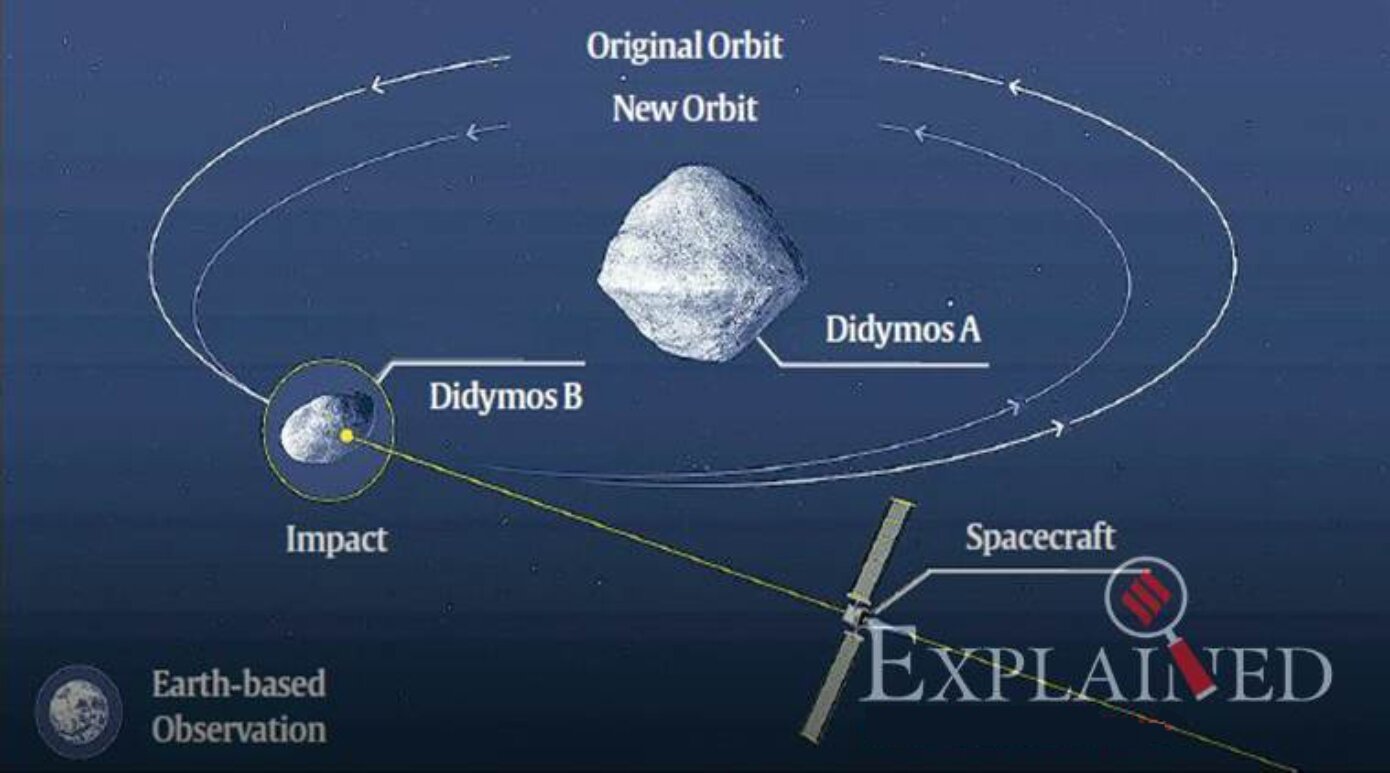Science & Technology
Asteroid Impact Deflection Assessment (AIDA)
- 05 Sep 2019
- 3 min read
Asteroid researchers with a view to establishing a planetary defence mechanism against huge asteroid will gather in Italy to discuss the progress of Asteroid Impact Deflection Assessment (AIDA).
- An asteroid hit is widely acknowledged as one of the most likely, among all the causes that may eventually cause the extinction of life on Earth,
- In general, there are two different ways of planetary defence against an asteroid.
- Blowing up the asteroid before it reaches Earth,
- Deflecting it off its Earth-bound course by hitting it with a spacecraft.
- The Asteroid Impact Deflection Assessment (AIDA) project seeks to explore the defence mechanism through deflection.
- It is a joint mission of the National Aeronautics and Space Administration (NASA) and the European Space Agency (ESA).
- It is an ambitious double-spacecraft mission to deflect an asteroid in space.
- Target of AIDA
- The target is the smaller of two bodies in the “double Didymos asteroids”. These are in orbit between Earth and Mars.
- Didymos is a near-Earth asteroid system.
- Its main body measures about 780 m across; the smaller body is a “moonlet” about 160 m in diameter.
- The project aims to deflect the orbit of the smaller body through an impact by one spacecraft.
- NASA is building the Double Asteroid Impact Test (DART) spacecraft for this.
- Then a second spacecraft will survey the crash site and gather the maximum possible data on the effect of this collision.
- ESA’s contribution is a mission called Hera, which will perform a close-up survey of the post-impact asteroid.
- Hera will also deploy a pair of CubeSats for close-up asteroid surveys. This would allow researchers to model the efficiency of the collision.
- Flying along with DART will be an Italian-made miniature CubeSat, called LICIACube, to record the moment of impact.
- The Double Asteroid Impact Test (DART) spacecraft will be launch in 2021. It is planned to collide with the target in September 2022.
CubeSats
- CubeSats are a class of research spacecraft called nanosatellites.
- CubeSats are built to standard dimensions (Units or “U”) of 10 cm x 10 cm x 10 cm.
- They can be 1U, 2U, 3U, or 6U in size, and typically weigh less than 1.33 kg (3 lbs) per U.





